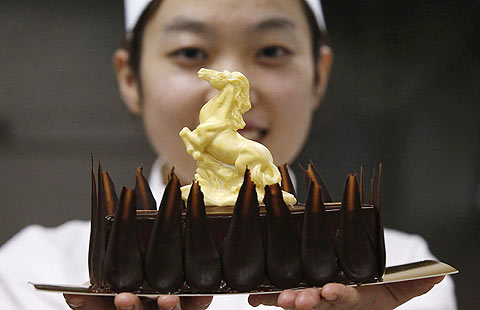Ministry calls on producers to move upmarket
Updated: 2014-01-29 08:45
By Yao Jing (China Daily)
|
|||||||||||
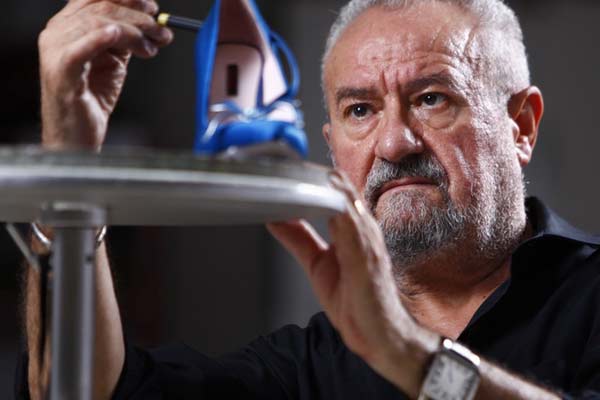 |
|
Gianluigi Colombo is a shoemaker from Italy and he now works in Chengdu where he has been retained by local shoe brand Sheme, founded in 2009.[Provided to China Daily] |
Chinese manufacturers should focus on intermediate products and process trade, a move that would speed up China's foreign trade transformation and cater to China's position in the global value chain, according to an official at the Ministry of Commerce.
"Those that started as original equipment manufacturers are climbing up the value chain by paying more attention to branding, marketing, research and development," Assistant Minister Zhang Xiangchen said at a forum earlier this month, according to National Business Daily.
But Zhang said Chinese producers are struggling to expand into diversified industry chains and high added-value sectors.
In fact, it is difficult for a developing country to upgrade from the low end of the global value chain.
Currently, intermediate products account for 60 percent of global trade, while the service sector has 20 percent. But the service sector contributes more in driving goods trade.
"China's foreign trade policy should reduce or cancel tariffs on intermediate products and further open the service sector," Zhang said.
Producers should try to gain more technological support from the global value chain, not just pursue self-innovation, he said.
Since Chinese manufacturers have experience in production, they have followed in the footsteps of developed countries that work with Chinese factories.
But as China loses its competitive edge in manufacturing due to the rising costs of labor and material, Zhang said simple processing and manufacturing lines will move out.
"But some of these forerunners in upgrading will stay in the marketplace to meet the needs of the domestic market in traditional industries," Zhang said.
As it updates its industries, China is cleaning out lower-value added chains. But it also should enter into higher value-added or technology-intensive sectors.
"In higher value-added sectors, including computer chips and liquid crystal display, we should encourage producers to develop core technologies to compete with producers in the United States and Europe, and then grab more market share," said Song Hong, an economist at the Institute of World Economics and Politics at the Chinese Academy of Social Sciences.
Song warned that the adjustment of the value chain should be based on the competitiveness of local producers and industries.
To find the potential in China's service sector, Song said the nation's shift from productive service to R&D service needs policy support.
"With the opening of the market by introducing more foreign competitors, Chinese companies that are engaged in education or healthcare will be forced to improve efficiency," said Song.
Silent revolution of 'made-in-China'
Related Stories
Online retailers seeking to change Made-in-China tag 2013-12-04 07:20
African buyers favor made-in-China products 2012-10-20 11:15
From made-in-China to made-by-China 2012-08-22 21:39
Made-in-China products standout in Olympics 2012-08-02 17:38
US team's made-in-China uniforms trigger debate 2012-07-14 02:34
'Made-in-China' heading for London Olympics 2012-06-27 10:22
Today's Top News
Experts call for detailed H7N9 rules
HK confirms H7N9 case, to cull 20,000 poultry
Chinese President to visit Paris to boost ties
China and EU to boost political trust
US urges Japan to apologize
Int'l hacker got caught in China
More than 300 fall ill on Royal Caribbean ship
8.8% salary hikes expected for 2014
Hot Topics
Lunar probe , China growth forecasts, Emission rules get tougher, China seen through 'colored lens', International board,
Editor's Picks

|
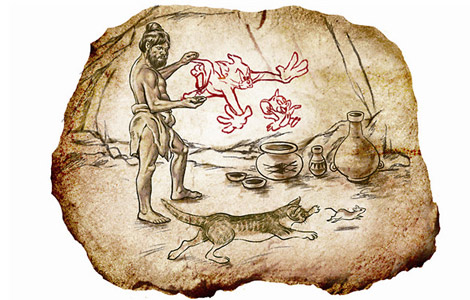
|

|
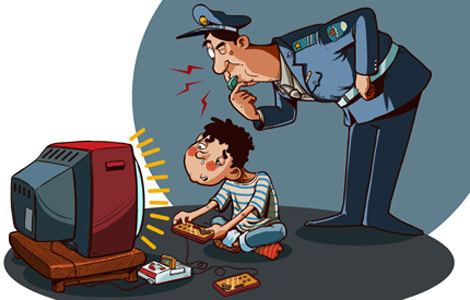
|
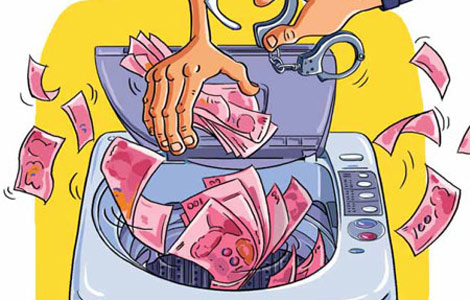
|

|


